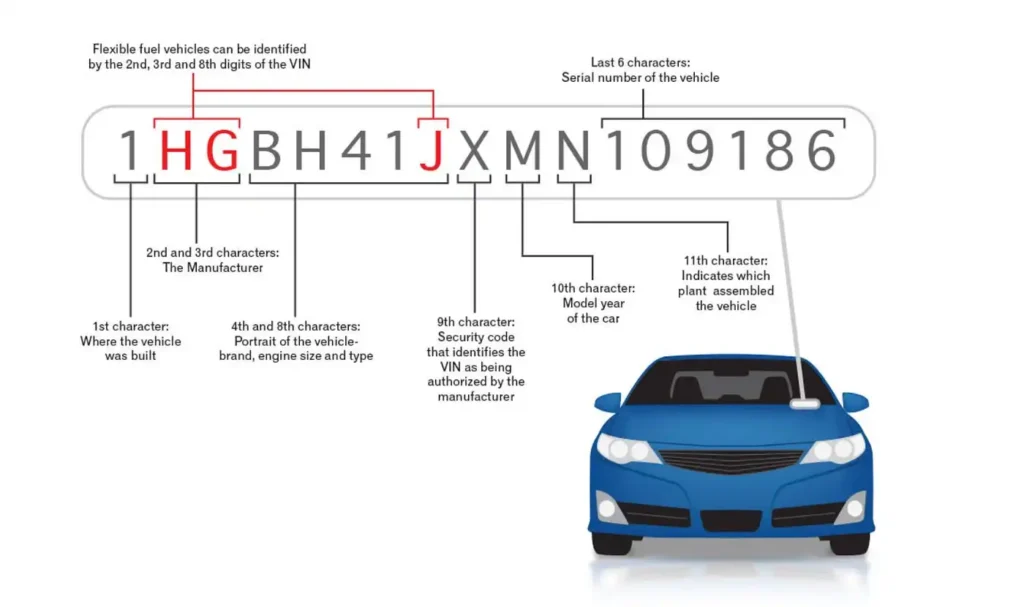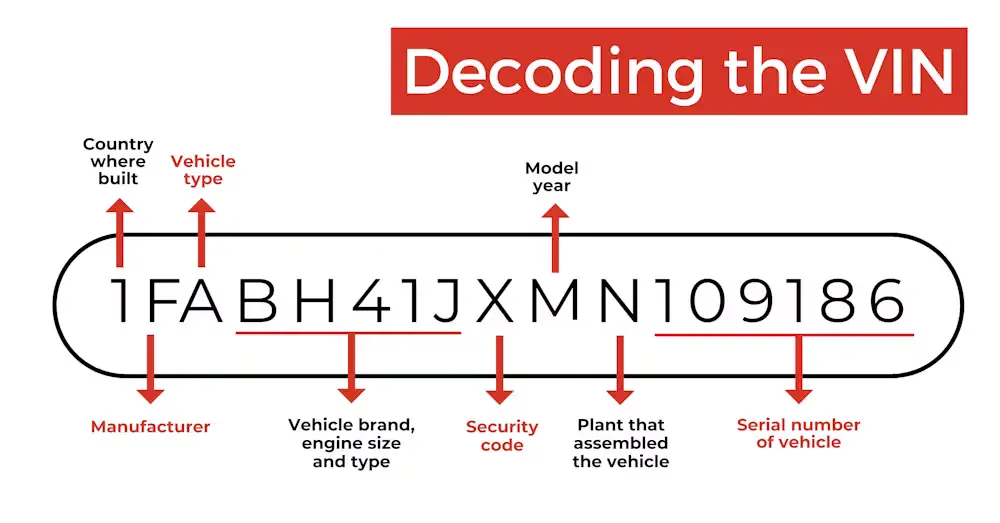The Essential Guide to GM 13 Digit VIN Decoder

In the world of automobiles, a Vehicle Identification Number (VIN) is much like a fingerprint—unique to each vehicle, it provides crucial information about the car’s origin, specifications, and history. While modern vehicles typically feature a 17-digit VIN, older General Motors (GM) vehicles often have a 13-digit VIN. Understanding how to decode this shorter VIN is essential for enthusiasts, collectors, and anyone involved in restoring classic GM vehicles. In this article, we’ll delve into the intricacies of the 13-digit VIN, offering a step-by-step guide to using a 13 digit VIN decoder for GM vehicles, including trucks.
The Basics of VINs
Before we dive into decoding a 13-digit GM VIN, let’s understand what a VIN is. A VIN is a standardized code used by automotive manufacturers to identify individual vehicles. It provides information about the vehicle’s make, model, year of manufacture, and more. For GM vehicles, the VIN is usually stamped on a metal plate attached to the dashboard, driver’s side door jamb, or engine bay.
Why 13-Digit VINs?
The 17-digit VIN format we know today was standardized in 1981. Before this, VIN formats varied by manufacturer, and GM used a 13-digit system. This shorter VIN can be a puzzle for those accustomed to modern VIN decoding, as it requires specific knowledge and tools to interpret correctly.
How to Decode a 13-Digit GM VIN
Decoding a 13-digit VIN for a GM vehicle involves understanding the meaning behind each digit. Here’s a breakdown of what these digits represent:
- First Digit: Manufacturer
The first digit identifies the manufacturer. For GM vehicles, this digit is often ‘1’ for General Motors USA, ‘2’ for General Motors Canada, and ‘3’ for General Motors Mexico. - Second Digit: Make
The second digit indicates the make of the vehicle. For instance, ‘G’ could stand for Chevrolet, while ‘T’ might represent GMC. - Third Digit: Type
The third digit provides information about the vehicle’s type, such as whether it’s a passenger car, truck, or SUV. - Fourth to Fifth Digits: Model and Body Style
These digits indicate the model and body style of the vehicle. This part of the VIN can tell you if the vehicle is a two-door coupe, a four-door sedan, or a pickup truck. - Sixth Digit: Engine Type
The sixth digit represents the engine type. This is particularly useful for determining the engine specifications of older GM vehicles. - Seventh to Thirteenth Digits: Production Sequence
The remaining digits are the production sequence number, which identifies the specific vehicle in a series. This can be crucial for identifying the production year and plant.
Using a 13 Digit VIN Decoder for GM Vehicles
To simplify the decoding process, a 13 digit VIN decoder for GM vehicles can be a valuable tool. These decoders are available online and in reference books dedicated to classic cars. By inputting the 13-digit VIN into the decoder, you can quickly access detailed information about the vehicle’s origin and specifications.
Example: Using a GM VIN Decoder 13 Digit
Suppose you come across a classic 1970 Chevrolet Camaro with the VIN ‘1Q87T0N123456’. Using a 13 digit GM VIN decoder, you can decipher the following:
- 1: General Motors USA
- Q: Chevrolet
- 87: Camaro, two-door coupe
- T: 350 cubic inch V8 engine
- 0: 1970 model year
- N: Assembled in Norwood, Ohio
- 123456: Production sequence number
This information can help you verify the authenticity of the vehicle, determine its original specifications, and understand its history.
Decoding a 13 Digit VIN for GM Trucks
While the decoding process for GM trucks is similar to that of cars, there are specific details unique to trucks that you should be aware of. For instance, the third digit may provide information about the truck’s weight class or chassis type. Additionally, the model and body style digits may indicate whether the truck is a pickup, van, or other commercial vehicle.
For example, consider a 1975 GMC truck with the VIN ‘2D15H5Z567890’. Using a 13 digit VIN decoder GM truck:
- 2: General Motors Canada
- D: GMC
- 15: Truck, half-ton pickup
- H: 350 cubic inch V8 engine
- 5: 1975 model year
- Z: Assembled in Fremont, California
- 567890: Production sequence number
Importance of Decoding 13-Digit GM VINs
Decoding a 13-digit VIN is more than just a technical exercise; it’s a way to connect with automotive history. For classic car enthusiasts and restorers, understanding the VIN helps in sourcing authentic parts, verifying originality, and appreciating the craftsmanship of the era. It’s also crucial for accurately appraising the vehicle’s value and ensuring it meets the criteria for historical registrations and shows.
Conclusion
Decoding a 13-digit GM VIN might seem daunting, but with the right knowledge and tools, it becomes a fascinating journey into the vehicle’s past. Whether you’re working on a classic GM car or truck, understanding the VIN provides valuable insights into the vehicle’s origin and specifications. With the help of a 13 digit VIN decoder GM, you can unlock the secrets of these vintage machines and appreciate the rich heritage they represent.
In today’s digital age, where most vehicles have standardized 17-digit VINs, the 13-digit VIN format offers a nostalgic glimpse into a bygone era of automotive manufacturing. So, the next time you encounter a classic GM vehicle with a 13-digit VIN, remember that decoding it is like unlocking a treasure trove of historical and technical information, connecting you to the legacy of American automotive excellence.
For More Information Visit Our Homepage:


